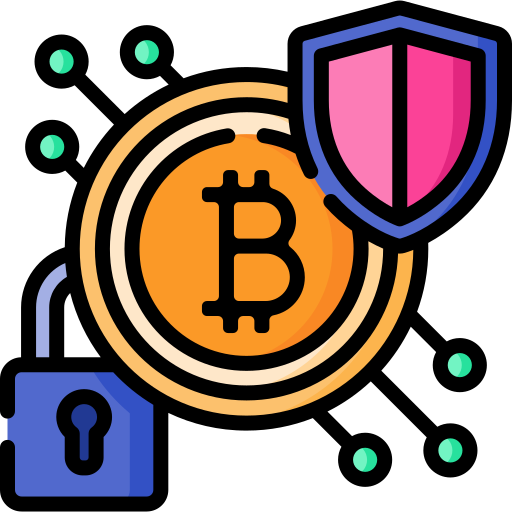
In the digital age, cryptocurrencies like Bitcoin have revolutionized the way we perceive and transact with money. As the adoption of Bitcoin continues to grow, so do the risks associated with it. One of the most prevalent threats facing Bitcoin users is phishing, a malicious practice aimed at stealing sensitive information, such as private keys or login credentials. Protecting your Bitcoin Wallet from these sophisticated attacks is paramount, as a successful phishing attempt can result in the loss of your hard-earned digital assets. In this comprehensive guide, we’ll explore the best practices for safeguarding your Bitcoin Wallet and ensuring the security of your valuable cryptocurrency holdings.
Understand Phishing Techniques
Phishing attacks can take various forms, but they all share a common goal: to trick unsuspecting victims into revealing sensitive information or granting access to their digital assets. One of the most common phishing techniques involves creating fake websites or emails that mimic legitimate cryptocurrency platforms or services. These malicious sites often look remarkably similar to the real ones, making it challenging for even the most vigilant users to spot the difference.
Verify Website Authenticity
One of the most effective ways to protect your Bitcoin Wallet from phishing is to always verify the authenticity of the website or platform you’re interacting with. This can be done by carefully examining the website’s URL for any subtle misspellings or irregularities. Additionally, look for the presence of a valid SSL/TLS certificate, which is typically indicated by a padlock icon in the address bar. Reputable cryptocurrency platforms prioritize security and will have proper SSL/TLS encryption in place.
Bookmark Trusted Websites
Instead of relying on search engines or links from untrusted sources, it’s best to bookmark the official websites of your preferred cryptocurrency platforms and services. This ensures that you always have direct access to legitimate sites, reducing the risk of accidentally visiting a phishing site. Keep your bookmarks up-to-date and double-check them periodically to ensure they haven’t been tampered with.
Enable Two-Factor Authentication (2FA)
Implementing two-factor authentication (2FA) is a crucial step in securing your Bitcoin Wallet and other cryptocurrency accounts. 2FA adds an extra layer of security by requiring a second form of verification, such as a one-time code sent to your mobile device or generated by an authenticator app.

Even if your login credentials are compromised through a phishing attack, the attacker won’t be able to access your account without the second factor of authentication.
Keep Software and Devices Updated
Keeping your software and devices up-to-date is essential for maintaining a strong defense against phishing and other cyber threats. Software updates often include critical security patches and bug fixes that address vulnerabilities that could be exploited by malicious actors. Ensure that your operating system, web browsers, and any cryptocurrency-related software are always running the latest versions.
Be Cautious with Email Links and Attachments
Phishing attacks can also be delivered through malicious emails that contain links or attachments designed to steal your information or infect your device with malware. Exercise extreme caution when receiving unsolicited emails, especially those claiming to be from cryptocurrency platforms or service providers. Never click on links or open attachments from untrusted sources, and always verify the authenticity of the sender before taking any action.
Use Reputable and Secure Bitcoin Wallets
Choosing a reputable and secure Bitcoin Wallet is crucial for protecting your digital assets. Research and select wallets that prioritize security features such as multi-signature support, hardware wallet integration, and robust encryption methods. Additionally, consider using hardware wallets, which provide an extra layer of security by storing your private keys on a physical device, making them less vulnerable to phishing attacks and other online threats.
Stay Informed and Educated

Staying informed and educated about the latest phishing techniques and security best practices is essential in the ever-evolving world of cryptocurrencies. Follow reputable news sources, join online communities, and participate in educational forums to stay up-to-date with the latest threats and countermeasures.
Knowledge is power, and being well-informed can help you identify and avoid potential phishing attempts before they cause any harm.
Conclusion
Protecting your Bitcoin Wallet from phishing attacks is a crucial responsibility that should not be taken lightly. By following the best practices outlined in this guide, you can significantly reduce the risk of falling victim to these malicious schemes and safeguard your valuable cryptocurrency holdings. Remember, vigilance, caution, and a proactive approach are key to maintaining the security of your digital assets in the ever-evolving landscape of cryptocurrencies. Stay informed, stay secure, and embrace the power of Bitcoin while prioritizing the protection of your Bitcoin Wallet and personal information.